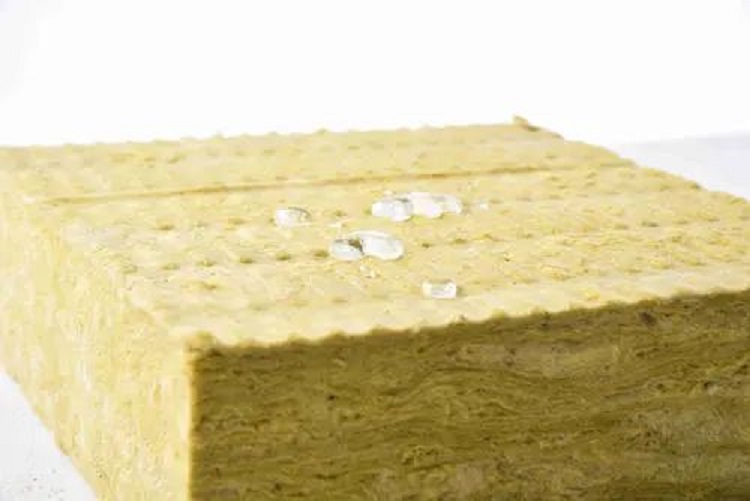

SEARCH
As a common thermal insulation material, rock wool is widely used in the fields of thermal insulation and fire prevention in construction and industry. In the selection of rock wool insulation board, water repellency and water absorption are two important indicators, which have an important impact on the performance and insulation effect of rock wool. Below, Xiaobian will explain the difference between these two indicators in detail.

First of all, we need to understand what hydrophobicity and water absorption are.
1. Hydrophobic rate
Hydrophobic rate refers to the ability of the material to resist water penetration, is an important indicator to measure the waterproof performance of the material, usually expressed as a percentage. The higher the hydrophobic rate, the stronger the resistance of the material to water, thus improving the thermal insulation performance and long-term durability of the building.
The hydrophobic rate of rock wool insulation board mainly depends on its production process and surface treatment. Some rock wool manufacturers will add hydrophobic agents in the production process to increase the hydrophobic performance of rock wool insulation board. In addition, the rock wool insulation board with special surface treatment can also improve its water repellency.
2, water absorption
The water absorption rate of the rock wool insulation board refers to the ability of the rock wool insulation board to absorb water under certain conditions, which is an important indicator to measure the water absorption performance of the material, also expressed in percentage. Materials with a high water absorption rate are more susceptible to moisture penetration, which means that rockwool insulation boards are more likely to reduce their thermal insulation performance and long-term durability in humid environments.
The water absorption of rock wool is mainly determined by its fiber structure and density. Some high-density rockwool has a lower water absorption rate because its fiber structure is more compact. However, for some low-density rockwool, its water absorption is higher. In addition, if the production process of rock wool is improper or defective, it may also lead to an increase in its water absorption.
Therefore, we can know that the hydrophobic rate is concerned with the ability of the material to resist water penetration, while the water absorption rate is concerned with the performance of the material after water absorption. When the hydrophobic rate of rock wool increases, its water absorption rate will decrease correspondingly, and vice versa. This is because hydrophobic agents and surface treatments can change the surface tension of rockwool, making it more difficult to absorb water.
The hydrophobic rate and water absorption rate of rock wool insulation board are interrelated but different indicators. The reasonable combination of these two indicators can ensure that the rock wool insulation board can maintain excellent thermal insulation performance in a variety of environments, and provide reliable thermal protection for buildings and industrial facilities.